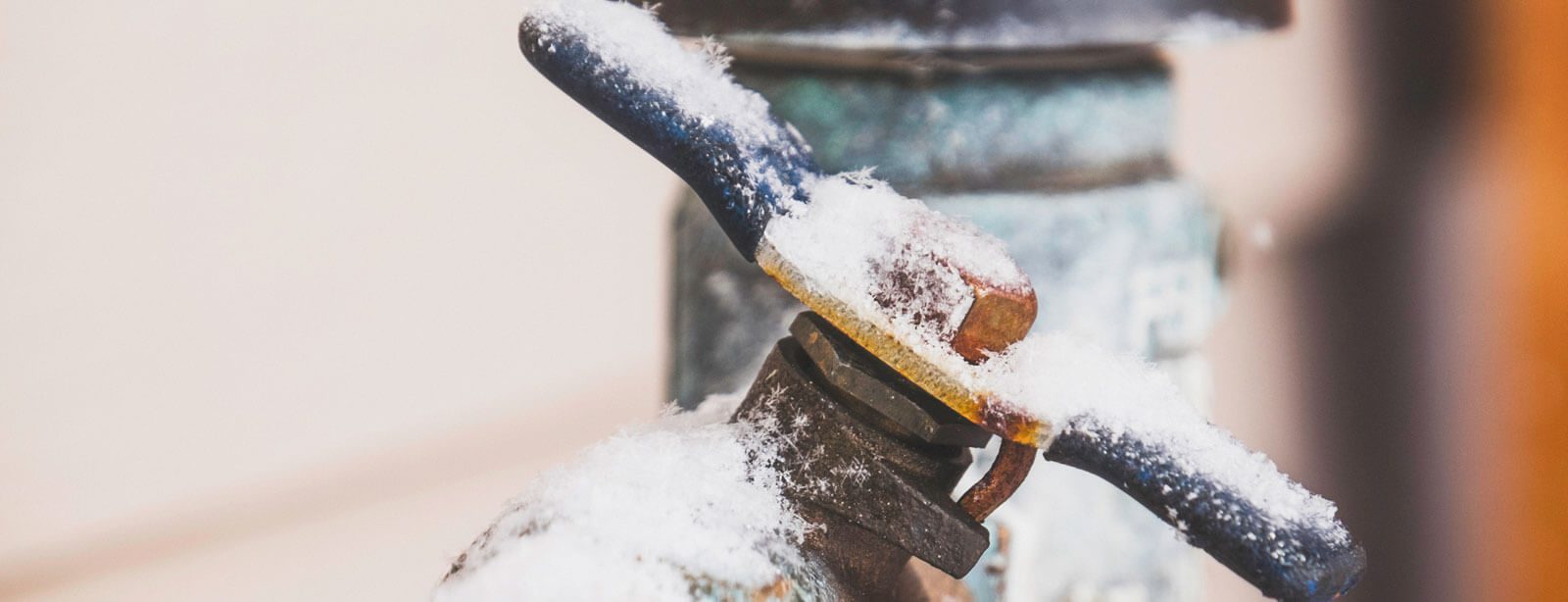Guidance for Avoiding Frozen Plumbing in Cold Weather: Specialist Insights
Guidance for Avoiding Frozen Plumbing in Cold Weather: Specialist Insights
Blog Article
Everyone may have their own unique piece of advice with regards to Winter Plumbing Precautions: Preventing Frozen Pipes.

Cold weather can wreak havoc on your plumbing, specifically by freezing pipelines. Right here's how to stop it from taking place and what to do if it does.
Introduction
As temperatures decline, the risk of icy pipes increases, possibly resulting in pricey repair services and water damages. Understanding how to avoid icy pipes is critical for property owners in chilly climates.
Comprehending Icy Pipes
What triggers pipelines to ice up?
Pipelines ice up when revealed to temperatures below 32 ° F (0 ° C) for prolonged durations. As water inside the pipelines freezes, it increases, putting pressure on the pipe wall surfaces and possibly creating them to break.
Risks and damages
Frozen pipes can result in water interruptions, building damage, and costly repair services. Burst pipes can flooding homes and trigger substantial structural damages.
Indications of Frozen Piping
Determining icy pipes early can prevent them from rupturing.
How to identify icy pipelines
Try to find decreased water circulation from taps, unusual smells or sounds from pipes, and noticeable frost on subjected pipelines.
Prevention Tips
Insulating susceptible pipelines
Wrap pipes in insulation sleeves or use warm tape to secure them from freezing temperature levels. Concentrate on pipelines in unheated or external locations of the home.
Home heating strategies
Maintain interior spaces effectively heated up, particularly areas with plumbing. Open up closet doors to permit cozy air to flow around pipes under sinks.
Securing Outside Plumbing
Yard pipes and outdoor faucets
Detach and drain pipes yard hose pipes before winter. Mount frost-proof spigots or cover exterior faucets with shielded caps.
What to Do If Your Pipes Freeze
Immediate actions to take
If you presume frozen pipes, keep taps open up to eliminate pressure as the ice thaws. Use a hairdryer or towels soaked in hot water to thaw pipes gradually.
Long-Term Solutions
Architectural modifications
Take into consideration rerouting pipelines far from outside wall surfaces or unheated locations. Add additional insulation to attic rooms, cellars, and crawl spaces.
Updating insulation
Buy premium insulation for pipelines, attics, and walls. Appropriate insulation assists preserve consistent temperatures and minimizes the danger of frozen pipelines.
Verdict
Protecting against icy pipelines needs positive steps and quick responses. By recognizing the reasons, indications, and preventive measures, homeowners can safeguard their plumbing during cold weather.
6 Proven Ways to Prevent Frozen Pipes and Protect Your Home
Disconnect and Drain Garden Hoses
Before winter arrives, start by disconnecting your garden hoses and draining any remaining water. Close the shut-off valves that supply outdoor hose bibs and leave the outdoor faucet open to allow any residual water to drain. For extra protection, consider using faucet covers throughout the colder months. It’s also important to drain water from any sprinkler supply lines following the manufacturer’s directions.
Insulate Exposed Pipes
Insulating your pipes is an effective way to prevent freezing. Pipe insulation is readily available at home improvement stores and is relatively inexpensive. Pay close attention to pipes in unheated areas such as the attic, basement, crawl spaces, or garage. Apply foam insulation generously to create a buffer against the cold. You can also wrap your pipes in heat tape or thermostat-controlled heat cables for added warmth.
Seal Air Leaks
Inspect your home for any cracks or openings that could let in cold air. Seal any holes around the piping in interior or exterior walls, as well as the sill plates where your home rests on its foundation. Additionally, make sure to keep your garage door closed unless you’re entering or exiting. Leaving it open creates a significant air leak that can lead to frozen pipes.
Allow Warm Air Circulation
During cold snaps, it’s essential to allow warm air to circulate evenly throughout your home. Leave interior doors ajar to promote better airflow. Open kitchen and bathroom cabinets to help distribute heat consistently around the rooms. If you have small children or pets, be sure to remove any household chemicals or potentially harmful cleaners from open cabinets for safety.
Let Faucets Drip
A small trickle of water can make a big difference in preventing ice formation inside your pipes. When temperatures drop significantly, start a drip of water from all faucets served by exposed pipes. This continuous flow helps prevent the water from freezing. Additionally, running a few faucets slightly can relieve pressure inside the pipes, reducing the chances of a rupture if the water inside does freeze.
https://choateshvac.com/6-proven-ways-to-prevent-frozen-pipes-and-protect-your-home/

Do you really like more info about How to Prevent Your Pipes From Freezing? Leave feedback down below. We'd be delighted to see your feelings about this blog. We hope that you visit us again in the future. Those who enjoyed reading our page plz don't forget to share it. I appreciate your readership.
Estimating Report this page